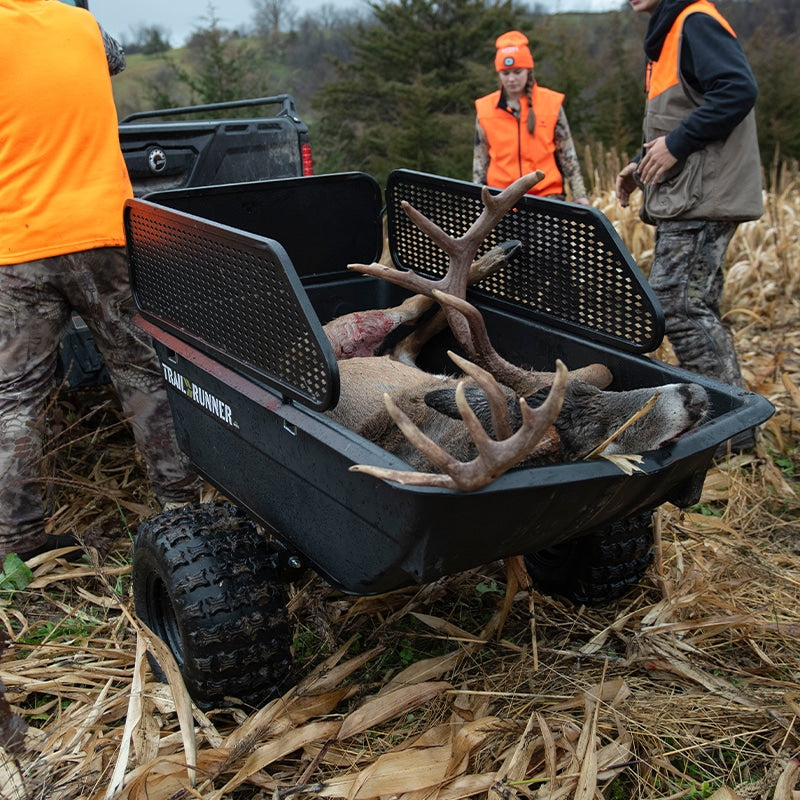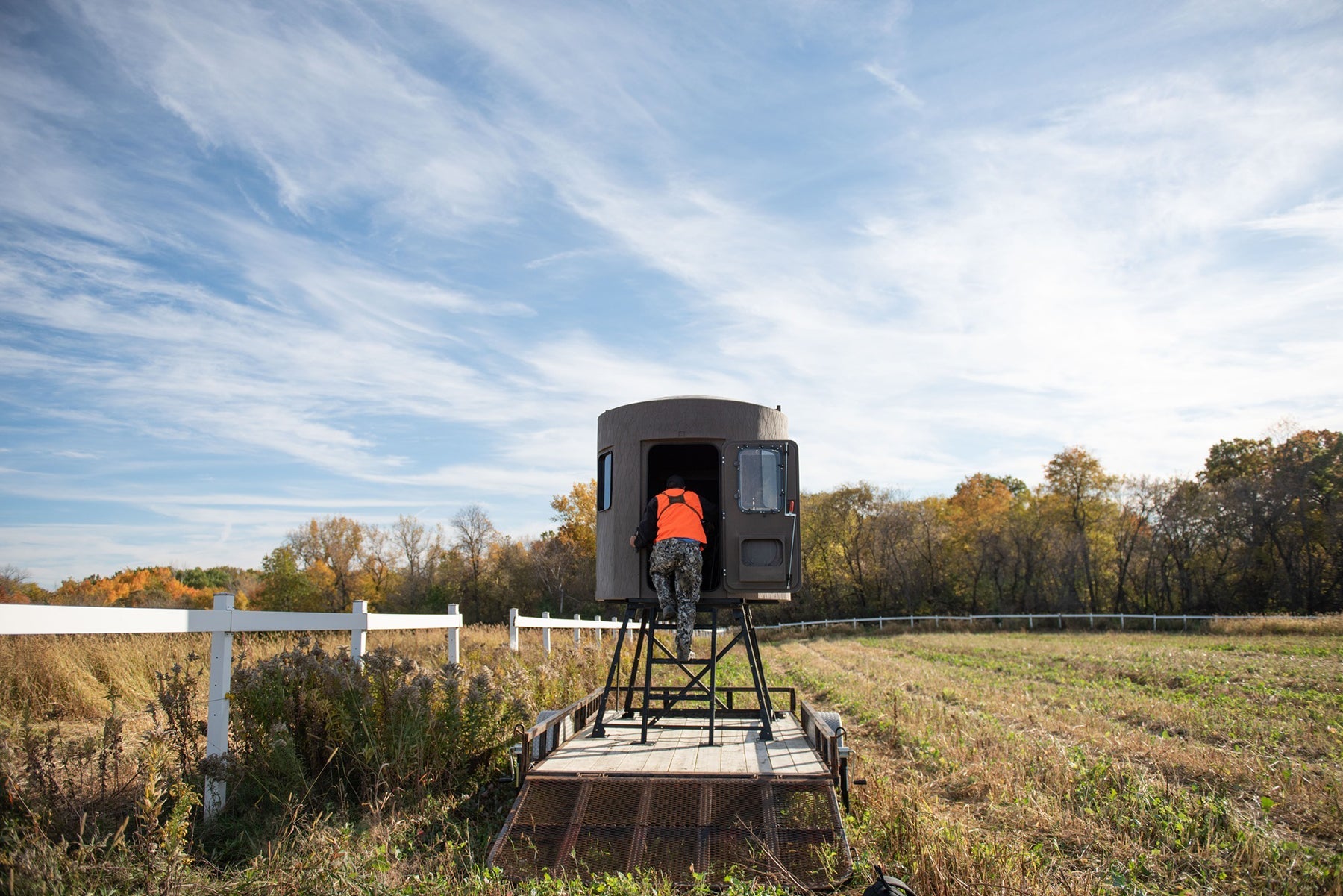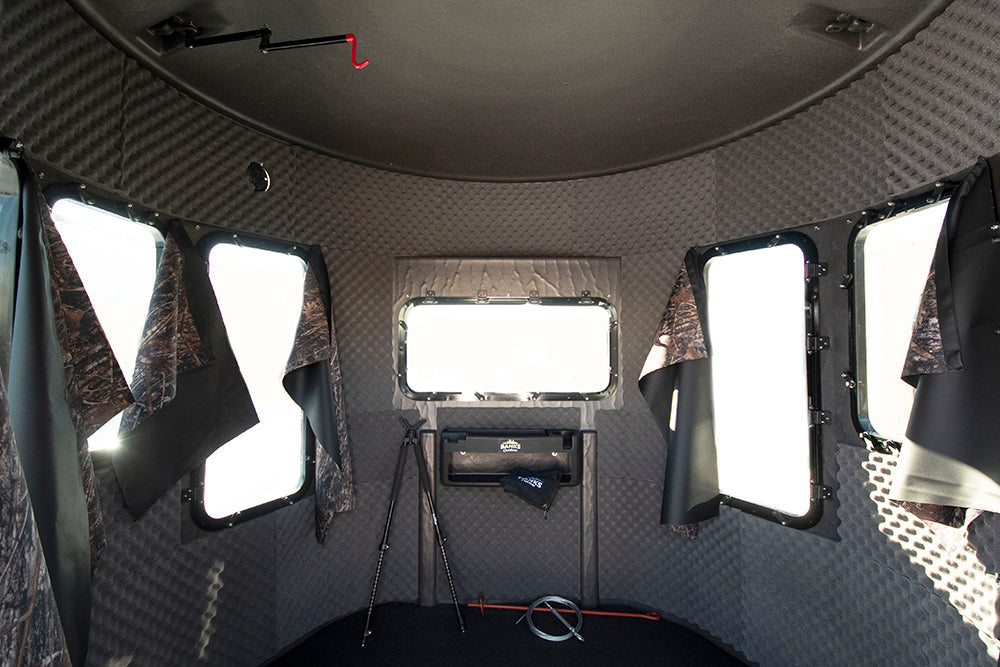Deer season is over in Minnesota, but you can still use information from the winter months to prepare for next year. Deer behave slightly differently during the late season, when deer season is closed in some places but still open in others. If you’re hunting in a state where the season is still open, you can use the tips below to help bag a late-season deer. If not, you can observe the deer herd’s behavior and make notes for next season. Check out our tips, below.
Bedding Areas
When the weather gets cold during winter, the deer herd will look to bed down to stay out of the cold. They’ll move during a light snowfall, so that they can find their next bedding area before the snow gets thicker and heavier. They stay put during a heavy snow, so keep your eye on the weather forecast to catch them before the snow gets too bad.
Pressure Systems
Deer can sense the changes in pressure. They’ll be able to tell when the atmosphere is about to hit a high or low pressure system. Deer will move when the barometric pressure drops before a cold front or storm, so they’ll be on the move to find a new bedding area when they sense it. Before they bed down, they’ll visit food plots to pack on the nutrition before the storm. You can position yourself between your Feedbank Gravity Deer Feeders and your Wild Water System to catch them while they make this trek. So, keep an eye on any trail cameras pointed at your feeders. Our Wild Water Mineral Supplements have all of the nutrition the deer herd needs and they have an addictive quality, so if you’ve been providing them with the supplements all season, keep doing it throughout winter.
Dropping Antlers
A great way to study the deer herd post-season is to study their antlers. Deer will begin shedding their antlers around now, and it lasts throughout March. A deer’s testosterone levels peak around the rut season, then slowly dimmish throughout fall and winter. By the time January hits, their testosterone levels are low enough and they don’t have enough calcium to support their antlers anymore, so they begin to fall off. Antlers can fall off naturally or they can fall off when they knock them against a tree or jump a fence.
So, all of that information can lead you to the conclusion that a deer that drops their antlers early in January didn’t have as many nutrients in their system as a deer that drops theirs in March. Seeing antlers on the ground now will let you know that you might need to put out more feed or add supplements to your water next season. Check your property to see if any have dropped near your plots.
The deer herd stays active throughout the winter months, even after hunting season is over. Understanding how a deer behaves during a snowstorm can help you know where to track them so you can take some post-season notes for next year. Pay attention to their antlers so that you can adjust your feed and supplements next year if you need to.
How do you study deer in the winter months? How do you strive to better understand late-season deer behavior? Let us know in the comments below!






Winter Predator Hunting: Techniques for Success
The Benefits of Using Trail Cameras During Winter